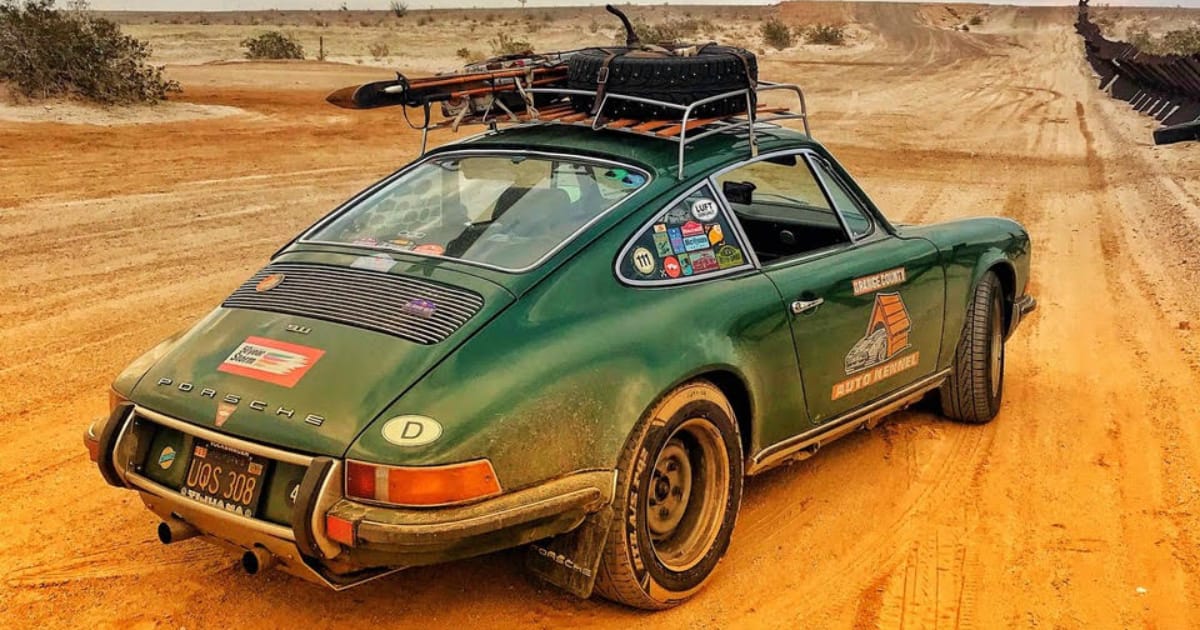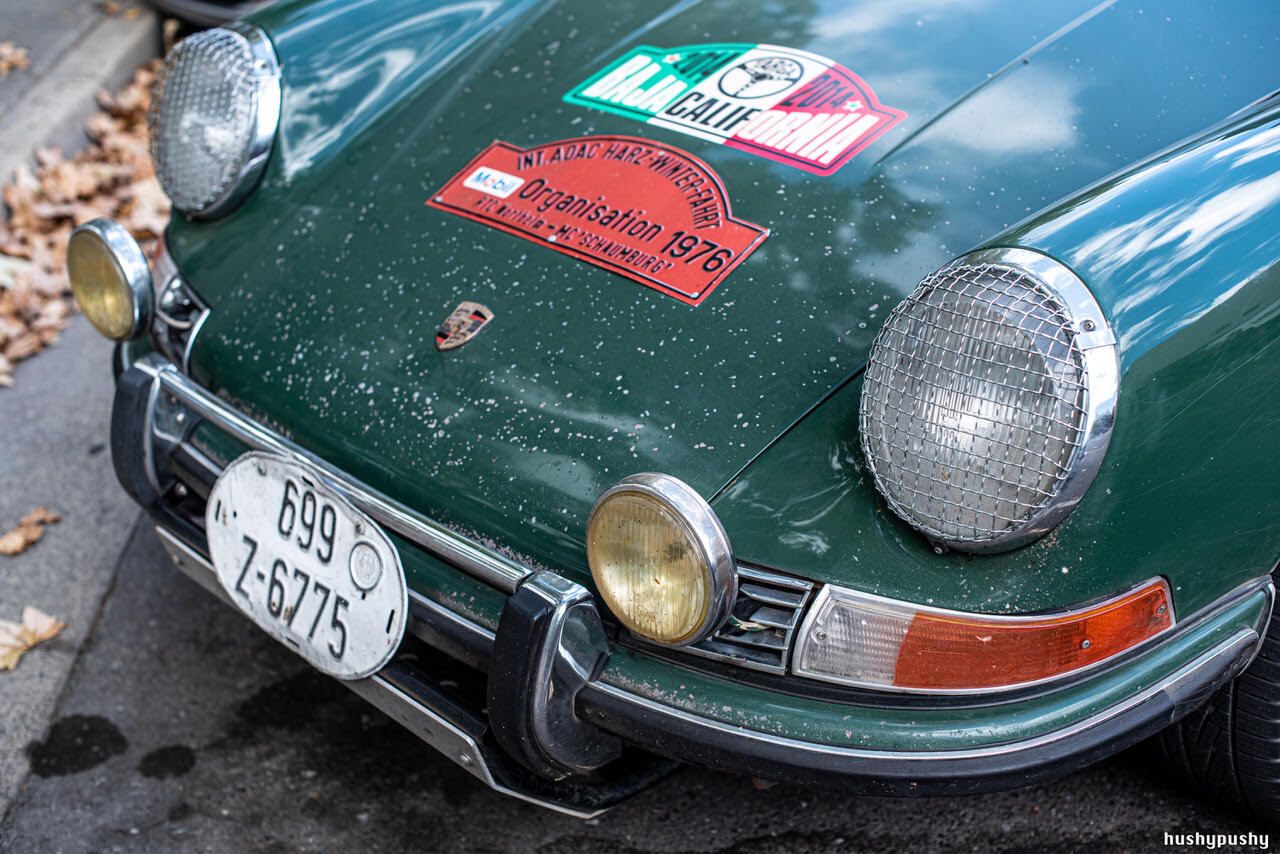By Tim Harris · November 4, 2025
🎧 Checkout our latest podcast!
🏆 Porsche 911 S/T (992) vs Porsche 911 GT3 Touring (992)
The 992-generation Porsche 911 S/T and the 992 GT3 Touring are, on paper, very close relatives. Both are naturally aspirated, rear-drive, manual-available machines designed for people who actually care about driving.
But in the real world, the S/T has become the collector’s darling. It trades for about double the price of a Touring—an average of $622,000, while a Touring can be had for less than half that.
So the question is simple: is the S/T really worth twice the money?
🛠️ Where They’re the Same
Chassis & DNA: Both sit on the 992 platform, with Porsche’s latest suspension geometry, rear-engine balance, and that unmistakable 911 feel.
Engines: Each uses Porsche’s 4.0-liter flat-six. The Touring makes around 503 hp, the S/T squeezes out 518 hp from the GT3 RS motor.
Purist Options: Both are available with a manual gearbox. The Touring can also be ordered with PDK, but the S/T is manual-only.
Styling: Neither wears the giant swan-neck rear wing. Both look like subtle, “grown-up” 911s until you hear them scream past at 9,000 rpm.
⚖️ Where They Differ
Powertrain character
The S/T isn’t just a slightly stronger GT3 engine. It uses a lighter clutch, a single-mass flywheel, and shorter gearing. That makes it rev faster, fall off revs faster, and feel far more alive under your right foot. It’s not about horsepower—it’s about immediacy.
Weight & handling
The Touring weighs about 3,125 pounds. The S/T drops closer to 3,056 by stripping insulation, fitting magnesium wheels, and deleting rear-axle steering. That means the front end feels ultra-direct, while the rear keeps you more honest.
Exclusivity
The Touring is special, but Porsche makes enough of them that you can buy one. The S/T was capped at 1,963 units worldwide—and everyone who didn’t get an allocation is now chasing them.
💰 The Money Question
Touring market: $250k–$325k
S/T market: $600k–$700k
On a back road, the Touring delivers 90–95% of the S/T experience. Same song, same feel, just a shade less intensity. For less than half the money, it’s an astonishing car.
But the S/T does feel different. The flywheel/clutch/gearing package makes it zing like a race car. Every input feels sharper, every blip more electric. Add in its rarity and the 60th-anniversary story, and suddenly the price starts to make emotional sense.
✅ Verdict
If you’re a driver: Buy the GT3 Touring. It’s the smarter car. You’ll get the flat-six magic, world-class steering, and a chassis that works on real roads. Plus, you’ll have $300k left for tires, track days, and a house extension.
If you’re a collector or purist: The S/T is the ultimate analog 992. It’s the most tactile, most visceral 911 of this generation, and its values are likely to stay strong.
On paper, the Touring is all the 911 anyone could ever need. But if you want the goosebumps car—the one that tingles every nerve—the S/T is the one. Whether that tingle is worth an extra $300k+ is something only your pulse (and your bank account) can answer.
— Tim Harris
🏁 Garage Queens and the Myth of “Too Nice to Drive”
By Paul Kramer · November 4, 2025
Cars don’t get stage fright—they get bored.
There’s this growing trend among vintage 911 owners that makes me twitch: buying the car of your dreams, then immediately treating it like radioactive glass.
You know the type—paint meter in one hand, microfiber cloth in the other, terrified that a speck of road dust will somehow trigger the apocalypse.

And, don’t even get me started on the whole PPF (paint protection film) addiction. It harkens to the days my grandma kept her couch covered with plastic so if you sat on it with shorts in the summer it would make thigh farts.

Look, I get it. These cars have real value now. Prices have gone moonshot, and that makes people cautious. But here’s the thing—Porsches weren’t built to sit. They were built to move. They were designed by engineers who thought curves were a reason to live.
Every time you fire up a 911, it thanks you. The engine clears its throat, the gearbox wakes up, the oil warms, and everything just… comes alive. But when it sits for months on a trickle charger, it dies a little inside. Rubber dries, fluids separate, and worst of all—you forget why you fell in love with it in the first place.
So go out and drive the damn thing. Take it to the grocery store. Run it up the canyon. Let it rain on it once in a while. You’ll be amazed how little a few chips matter when you’re too busy grinning.
Because a Porsche with a few scars tells a story. A perfect one just tells you it’s never really lived.

PS: A rock chip is a badge of honor. It means your car’s seen something. And trust me—it wants to see more.
🎙️ Full Throttle Talk Podcast Plug:
We get into this exact topic on Full Throttle Talk this week—why garage queens make us sad, and why the best cars are the ones that get dirty.
Tune in wherever you get your podcasts, and then go out and drive.
🎧 Apple Podcasts: https://podcasts.apple.com/us/podcast/full-throttle-talk/id1797328371
— Paul Kramer
🏁 The Full Throttle Talk Team



